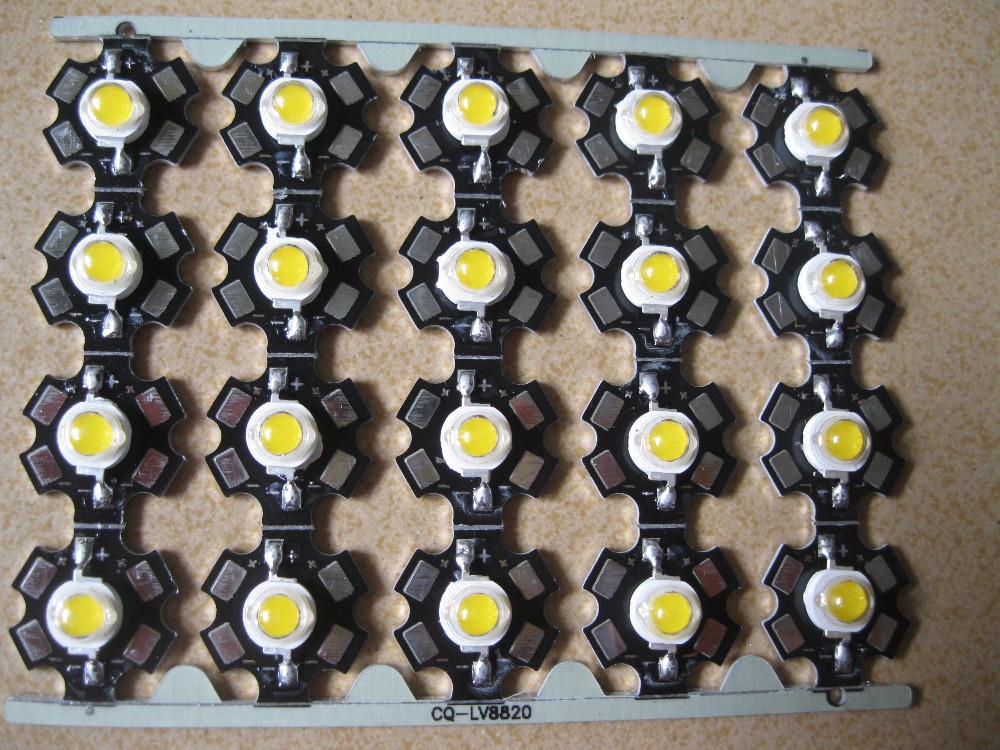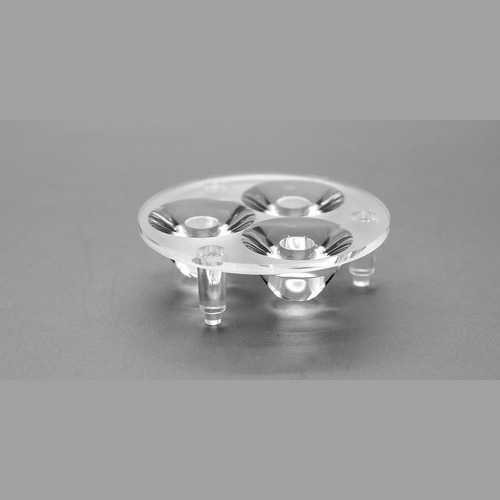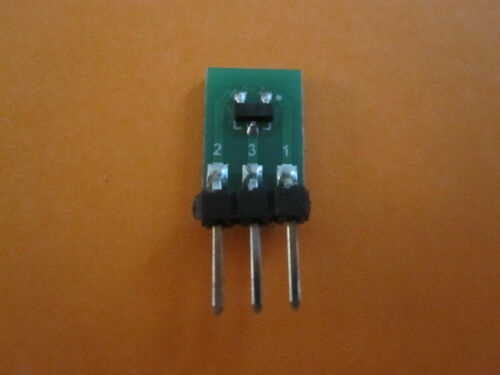Greets ALL!
I am your worst nightmare if you fully understand analog electricity, and for that I am sorry. I understand and work with micro controllers and work well with them. So the digital I get, but when I add ANALOG to my projects, it usually equals fire. I'm levels ahead of Arduino, and Arduino IDE, but this project is just a little too vast and includes a lot of what I do not know. This is why I am posting my question(s) here.
And it is not for school, it is for a home project for a holiday lighting need.
I am about to buy several 3w white LED's that are mounted on heat sinks. Their power requirements are 3.6-3.8vdc forward voltage at up to 700ma. I can drive strings of these with a mosfet using PWM from MCU, but my real goal is to drive them like the WS2812B to allow me to individually address them to control each LED's brightness. Of course, I want to only have one clock and data connection to the array, so the individual control circuitry needs to be able to condition the signals and pass them on, with overflow of the data, just like strings of the WS2812B does. Except I am only concerned about one channel of PWM. 8 bits should suffice.
I want to bench a single node and daisy chain them later. I figure I need the device that will accept a serial data connection with clock (don't want to worry about speed or timing concerns if I do not have to), use that 8 bit number to control PWM to a single channel, and then use that PWM signal to drive the LED. I am prepared to scale this down to SMD and have boards made.
I just do not know what the best and most cost effective device is out there, and no idea the driving circuit parts either. Mosfet? Something better? Maybe multiple channels per NODE and daisy chain nodes? Size matters here because I want to be able to have a really small board inline with a string of these node arrays.
The end result is simple. I am working on lightning/strobe effects for halloween. I can do that easy and fine with strings of WS2812B devices, but I was looking for something with a little more kick, without having to buy 3w RGB LED's which are expensive still. I only want 6500k white wavelength anyway.
I hope I included enough info. I do not want anyone to create the schematic for me, just point me in the right directions.
Thank you SO MUCH for your time!!
Hop
I am your worst nightmare if you fully understand analog electricity, and for that I am sorry. I understand and work with micro controllers and work well with them. So the digital I get, but when I add ANALOG to my projects, it usually equals fire. I'm levels ahead of Arduino, and Arduino IDE, but this project is just a little too vast and includes a lot of what I do not know. This is why I am posting my question(s) here.
And it is not for school, it is for a home project for a holiday lighting need.
I am about to buy several 3w white LED's that are mounted on heat sinks. Their power requirements are 3.6-3.8vdc forward voltage at up to 700ma. I can drive strings of these with a mosfet using PWM from MCU, but my real goal is to drive them like the WS2812B to allow me to individually address them to control each LED's brightness. Of course, I want to only have one clock and data connection to the array, so the individual control circuitry needs to be able to condition the signals and pass them on, with overflow of the data, just like strings of the WS2812B does. Except I am only concerned about one channel of PWM. 8 bits should suffice.
I want to bench a single node and daisy chain them later. I figure I need the device that will accept a serial data connection with clock (don't want to worry about speed or timing concerns if I do not have to), use that 8 bit number to control PWM to a single channel, and then use that PWM signal to drive the LED. I am prepared to scale this down to SMD and have boards made.
I just do not know what the best and most cost effective device is out there, and no idea the driving circuit parts either. Mosfet? Something better? Maybe multiple channels per NODE and daisy chain nodes? Size matters here because I want to be able to have a really small board inline with a string of these node arrays.
The end result is simple. I am working on lightning/strobe effects for halloween. I can do that easy and fine with strings of WS2812B devices, but I was looking for something with a little more kick, without having to buy 3w RGB LED's which are expensive still. I only want 6500k white wavelength anyway.
I hope I included enough info. I do not want anyone to create the schematic for me, just point me in the right directions.
Thank you SO MUCH for your time!!
Hop



